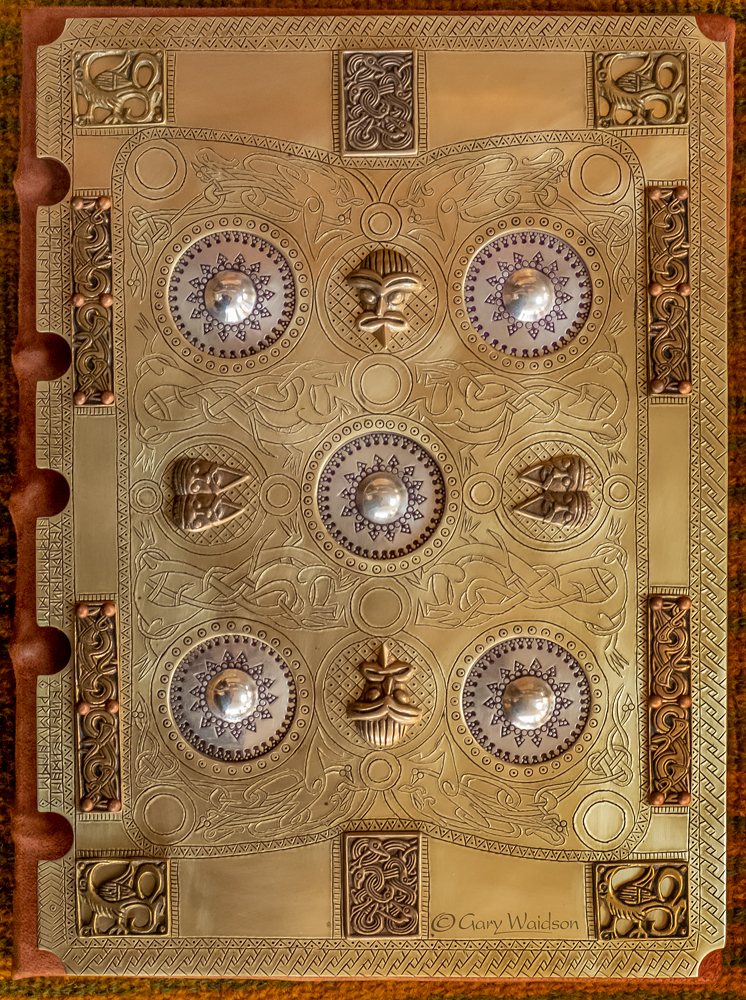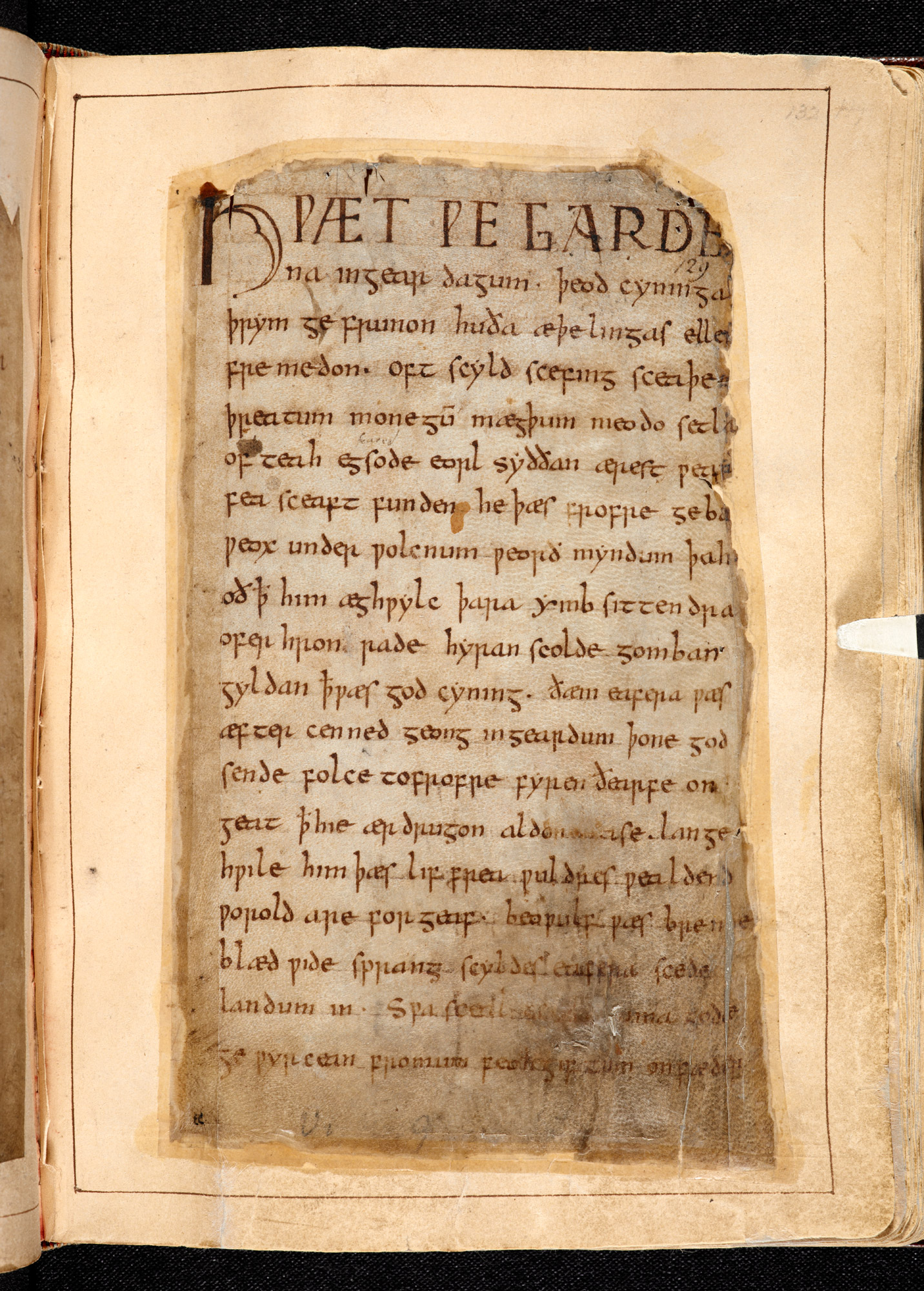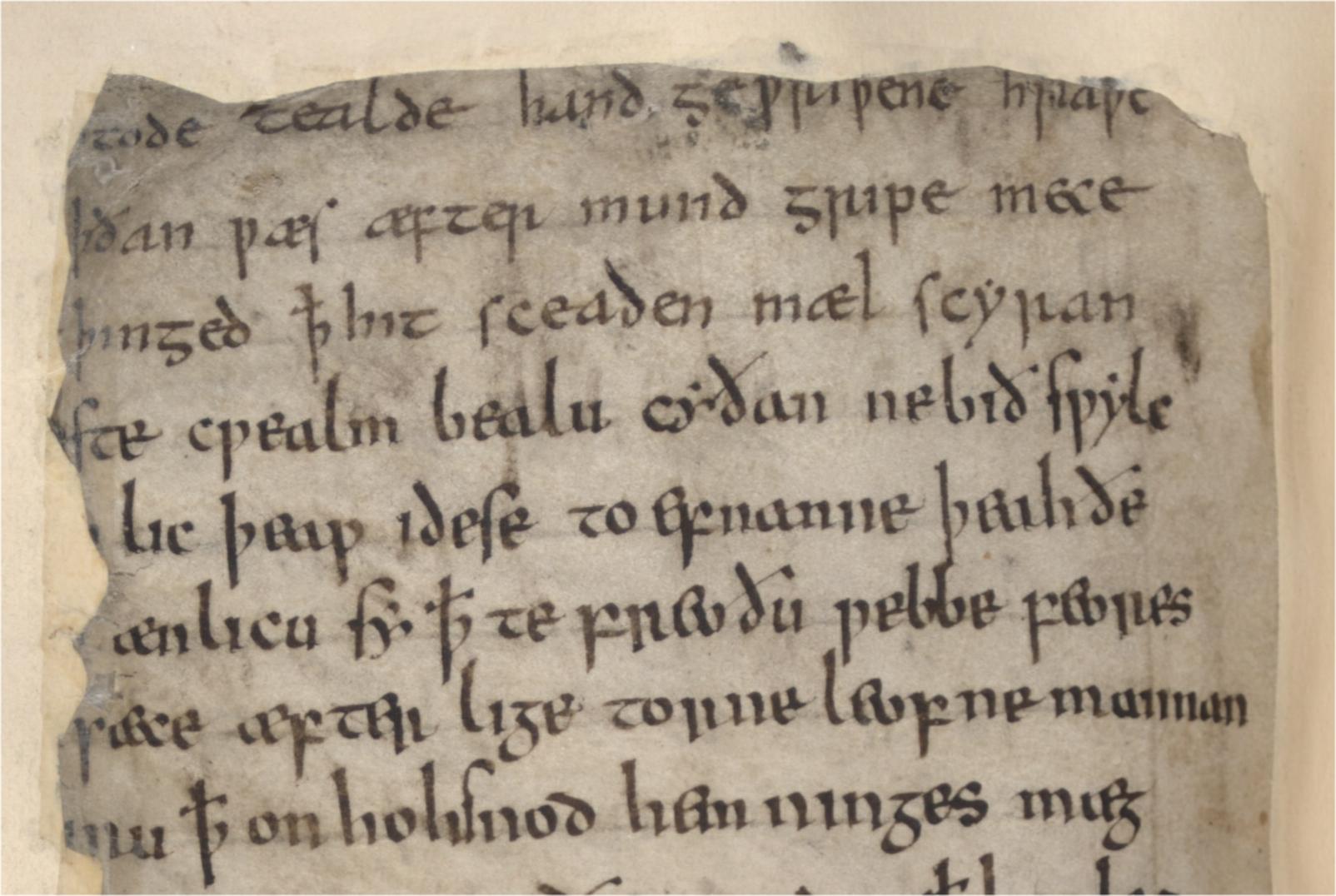
Ook word gespekuleer oor hierdie Anglo-Saksiese gehoor se moontlike resepsie van die gedig Beowulf.ĭie onmiddellike tekstuele konteks van die gedig bepaal 'n intertekstuele mikrokosmos vir Beowulf. Hierdie artikel defineer 'n hipotetiese laat Anglo-Saksiese gehoor, naamlik 'n veelvlakkige Christelike gemeenskap met wedywerende ideologiee, dialekte en mitologiee. Finally, the poem works towards an audience identity whose values emerge from the struggle within the poem and therefore also encompass the monstrous, the potentially disruptive, the darkness within-that which the poem attempts to repress.ĭie Beowulf-manuskrip in heroorweging geneem: die moontlike resepsie van Beowulf in die laat Anglo-Saksiese Engeland

The monsters, for instance, are symbolic of problems of identity construction and establish a polarity between "us" and the "Other" but at the same time question such binary thinking. The poem provided cultural, historical and spiritual data and evoked a debate about pertinent moral issues. They were part of the so-called "popular culture" and provide one key to the "meanings" that interested the late Anglo-Saxon audience, who would delight in the poet's alliteration, rhythms, word-play, irony and understatement, descriptions, aphorisms and evocation of loss and transience. The organizing principle for the grouping of this disparate mixture Of Christian and secular texts with Beowulf was not a sense of canonicity or the collating of monuments with an aesthetic autonomy from cultural conditions or social production. The five texts in the codex provide interesting clues to the common concerns, conflicts and interests of its audience. The immediate textual context of the poem constitutes an intertextual microcosm for Beowulf. It discusses how that audience might have received the Anglo-Saxon poem Beowulf. This article defines a hypothetical late Anglo-Saxon audience: a multi-layered Christian community with competing ideologies, dialects and mythologies.
#BEOWULF MANUSCRIPT FULL#
See a full set of images of the Beowulf Digitised Manuscript or view the Electronic Beowulf, a collaboration between British Library and Kentucky University.The Beowulf manuscript reconsidered: Reading Beowulf in late Anglo-Saxon England Placed in paper frames in 1845, the manuscript remains incredibly fragile, and can be handled only with the utmost care. On the night of 23 October 1731 a fire broke out and many manuscripts were damaged, and a few completely destroyed.īeowulf escaped the fire relatively intact but it suffered greater loss by handling in the following years, with letters crumbling away from the outer portions of its pages. The Cotton library formed one of the foundation collections of the British Museum in 1753, before being incorporated as part of the British Library in 1973.ĭuring the 18th century, the Cotton manuscripts were moved for safekeeping to Ashburnham House at Westminster. Beowulf then entered the famous collection of Sir Robert Cotton (died 1631) – who also owned the Lindisfarne Gospels and the British Library’s two copies of Magna Carta – before passing into the hands of his son Sir Thomas Cotton (died 1662), and grandson Sir John Cotton (died 1702), who bequeathed the manuscript to the nation.

1570), a pioneer of the study of Old English, who inscribed his name (dated 1563) at the top of the manuscript’s first page.

The first-recorded owner of Beowulf is Laurence Nowell (died c. These comprise a homily on St Christopher The Marvels of the East(also known as The Wonders of the East), illustrated with wondrous beasts and deformed monsters the Letter of Alexander to Aristotle and an imperfect copy of another Old English poem, Judith.īeowulf is the penultimate item in this collection, the whole of which was copied by two Anglo-Saxon scribes, working in collaboration. Nobody knows for certain when the poem was first composed.Īpart from Beowulf, the manuscript contains several other medieval texts. The most likely time for Beowulf to have been copied is the early 11th century, which makes the manuscript approximately 1,000 years old. Some scholars have suggested that the manuscript was made at the end of the 10th century, others in the early decades of the 11th, perhaps as late as the reign of King Cnut, who ruled England from 1016 until 1035. The manuscript bears no date, and so its age has to be calculated by analysing the scribes’ handwriting. More than 3,000 lines long, Beowulf relates the exploits of its eponymous hero, and his successive battles with a monster named Grendel, with Grendel’s revengeful mother, and with a dragon which was guarding a hoard of treasure.īeowulf survives in a single medieval manuscript. Beowulfis the longest epic poem in Old English, the language spoken in Anglo-Saxon England before the Norman Conquest.


 0 kommentar(er)
0 kommentar(er)
